What is the Life Expectancy After Prostate Removal?

Related products
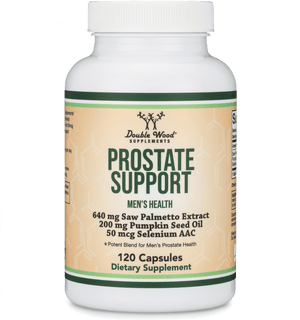
What is Prostate Removal?
Prostate removal, also known as prostatectomy, is a surgical procedure used to treat prostate cancer. Removing the prostate for health concerns is a significant decision. It is essential for the patients and their families to understand the outcomes of prostate removal, particularly in terms of life expectancy. It signifies the awareness regarding prostate cancer. Prostate cancer awareness month is September during which awareness campaigns and seminars are held across the world to spread education on the symptoms and treatments of prostate cancer.

In this article, we will understand the various types of prostate removal procedures, discuss the factors that influence the life expectancy after prostate removal, recovery time, complications and lifestyle modifications that must be adapted to enhance the post-surgery quality of life.
What are the various types of Prostate Removal Procedures?
Prostatectomy is a surgical procedure that involves the removal of some or all of the prostate gland. Enlisted below are the types of prostate removal procedures.
-
Simple Prostatectomy
It is a prostate removal procedure in which only a part of the prostate gland is removed to treat the health concerns. It is commonly done for benign prostatic hyperplasia (BPH) that do not spread, rather affects a single and localised region of the gland.
-
Radical Prostatectomy
This surgical procedure involves the removal of entire prostate gland along with the surrounding regions. It is often performed for cancers that involve various parts of the gland along with its penetration into the surrounding tissues. The aim of this procedure is to halt the local progression and invasion of the prostate tumour.
-
Robot-Assisted Prostatectomy
It is a minimally invasive approach for prostate removal that requires robotic precision.
The type of procedure chosen for prostate removal depends on the underlying health condition that requires the surgery. It is essential to seek an expert’s opinion for a recommendation on prostatectomy for prostate health concerns.
What are the Factors that influence the Life Expectancy after Prostate Removal?
Understanding the life expectancy after prostate removal is a critical aspect to analyse. Enlisted below are factors that influence the life expectancy after prostate removal.
-
Age and Health
Younger patients with good built and overall health have better outcomes. Individuals that undergo prostatectomy in advanced age or experience health conditions such as cardiovascular or metabolic disorders may struggle with recovery process. Poor recovery process due to old age and deteriorating health often influences the overall life expectancy as well.
-
Stage of Cancer
Healthcare experts often advise early detection of the troubling symptoms and timely medical intervention to improve the outcomes of the planned treatment. Similar is the case with the outcomes of prostatectomy for prostate cancers, the life expectancy drops with advanced forms of prostate cancers.
Localised CancerCancers that are localised to the prostate gland often have excellent prognosis. The survival rate after prostatectomy for localised prostate cancer is almost 100%.
Locally Aggressive CancerLocally aggressive prostate cancer is the one in which the cancer has invaded the prostate cancer along with its nearby tissues but does not involve the distant organs. The prognosis is only favourable as the risk of recurrence is higher than the localised cancers.
Metastatic CancerMetastatic prostate cancer is the type of prostate cancer that spreads to the distant parts of the body, involving multiple organs along with the prostate. The prognosis in such cases is less favourable and it also requires additional treatments other than prostatectomy such as hormonal therapy, radiotherapy or chemotherapy.

-
Grade of Cancer
Prostate cancer is graded using Gleason score. Gleason score suggests the life expectancy after prostate removal. The scale ranges from 2 to 10 and grades the prostate cancer on the basis of its microscopic appearance. Lower Gleason score indicates less aggressive cancer while higher Gleason score hints a more aggressive type of prostate cancer that potentially impacts the life expectancy after prostate removal.
-
Post-Operative Outcomes
Successful and neat removal of cancerous mass along with spared tissues of the prostate gland can improve the prognosis. In cases where cancer cells are found at the edges of the removed specimen of the prostate gland (positive margins) must undergo additional treatments that impacts the life expectancy.
What is the Recovery Process after Prostate Removal?
The recovery process after prostate removal mainly depends on the surgical approach taken, individual health status and the overall compliance. Enlisted below are the general aspects of recovery process after prostate removal.
-
Hospital Stay
Most patients must stay in the hospital for a day or two after undergoing robot-assisted prostatectomy. Individuals who undergo simple or radical prostatectomy procedures for their prostate health concerns must stay slightly longer to monitor their compliance and response to the surgery.
-
Catheterization
Patients must carry a urinary catheter bag for one to two weeks to aid in urination while the surgical site heals.
-
Patient Mobility
It is essential for patients to maintain mobility after undergoing surgical procedures, such as walking in the corridors. Surgeons often recommend gradual return to the daily life activities. Additionally, it is essential to note that heavy lifting or strenuous workouts must be avoided for several weeks as it often causes tissue herniation through the surgical site.
-
Post-Operative Care
It is important to visit the urologist for regular follow-up appointments. It helps the surgeon in monitoring the recovery, look for signs of recurrence and management of possible potential complications.
What are the Complications of Prostate Removal?
Prostate removal, also known as prostatectomy, is a safe surgical procedure for many. However, like all other surgeries, it has certain risks and complications that must be understood and communicated with the surgeon.
-
Infection
Post surgical infections are common complications after undergoing surgeries, if the scrub field or the surgical wound is not properly taken care of. Post surgical infections of prostate removal are common but treatable with appropriate antibiotics and wound care.
-
Erectile Dysfunction
Damage to nerves and resultant loss of sensory and motor impulses is a dreaded complication in surgical procedures. The damage to cavernous nerve has been mostly associated with post-operative erectile dysfunction in individuals undergone a radical prostatectomy. Recovery from this complication varies as certain individuals often regain their sexual functions within a few months while others may use the help from additional options such as medications or devices.
-
Urinary Incontinence
Loss of bladder control, also known as urinary incontinence, is another common complication after prostate removal. In this case, the internal urethral sphincter is subjected to damage that causes the loss of ability to control the urge to urinate. This condition is often treated with pelvic floor exercises, physical therapy and certain medications to help in recovery.
-
Bladder Neck Contracture
Bladder neck contractures and narrowing occurs as a result of scar formation at the site where the bladder meets the urethra. This complication often requires additional medical or surgical interventions to widen the narrowing and make way for the urine to pass.
What are the Lifestyle Changes to enhance the quality of life after Prostate Removal?
Quality of life after undergoing a major surgery is often deteriorated. It is essential to make certain lifestyle changes and adhere to it so that unwanted health outcomes or recurrence is best avoided.
-
Healthy Diet
Patients are often advised to take a balanced diet that is rich in fruits, vegetables, proteins and whole grains that must support the health and aid in the recovery process. Furthermore, it is recommended to limit the intake of certain food groups such as red meet, processed items and high-fat dairy products.
-
Improve Physical Fitness
Patients often resort to bed and tend to rest more after undergoing surgical procedures, that turn into a sedentary lifestyle. Such choices lead to excessive weight gain, metabolic disorders and cardiovascular impairment.
A healthy routine that has adequate physical activity and regular workout helps with better circulation and rapid healing of the surgical site. Surgeons recommend the patients to opt for regular physical activities such as walking, swimming and yoga to avoid unwanted health outcomes.
-
Changes in Habits
Smoking cessation is a mandatory advice given by the healthcare experts after undergoing a surgical procedure. Smoking cause inhalation of certain toxic chemicals that impairs the healing of surgical site, causing infection, inflammation and necrosis. It leads to increased risk of health complications and impacts the overall health. Additionally, limiting the intake of alcohol also helps in decreasing the toxic load on the body, allowing it to heal itself rather rapidly.
-
Mental Health Support
Patients often struggle with cancer and major surgery since it is an overwhelming experience and emotionally challenging. Patients are advised to seek support from mental health experts, support groups and family for emotional and mental wellness.

-
Monitoring and Screening
Patients must visit their urologist regularly for follow-up, monitoring of the health status and screening through PSA (prostate specific antigen) tests. Monitoring and screening are vital steps to detect signs of recurrence as soon as possible and to plan a medical intervention promptly.
People Also Ask
How are the long-term side effects of prostate removal mitigated?
The long-term side effects of prostate removal include erectile dysfunction, urinary incontinence and changes in the bowel habits. Erectile dysfunction is often mitigated with the use of PDE-5 inhibitor medications, vacuum erection devices, penile implants or penile injections. Urinary incontinence is addressed through pelvic floor exercises, medications and surgical procedures in severe cases. Changes in bowel habits include increased frequency or urgency that can be managed with dietary changes, medications and lifestyle adjustments. Prostate removal is a commonly opted procedure for prostate health concerns and its side effects are also managed well by the surgeons. Regular follow-up with urologist after prostate removal is essential to address the side effects or complications of prostate removal rather efficiently and monitor for recurrence or other unwanted health outcomes.
What are the key indicators of successful treatment of prostate cancer with prostatectomy?
The key indicators of successful eradication of prostate cancer after prostatectomy include low levels of serum PSA (prostate specific antigen) levels, no recurrence of cancer on follow-up imaging studies and overall well-being with minimal post-surgical side effects such as urinary incontinence. It is essential to visit the urologist regularly for follow-up appointments and serum PSA monitoring to ensure long-term success after prostate removal.
Conclusion
Prostate removal, also known as prostatectomy, is a surgical procedure used to treat prostate cancer. Removing the prostate for health concerns is a significant decision that is essential for the patients and their families to understand the outcomes of prostate removal in terms of life expectancy. The various types of prostate removal procedures include simple, radical and robot-assisted prostatectomy. Radical prostatectomy is often performed for cancers that involve various parts of the gland along with its penetration into the surrounding tissues.
Individuals that undergo prostatectomy in advanced age or experience health conditions such as cardiovascular or metabolic disorders may struggle with recovery process that influences their life expectancy. Prostate cancers that involve the gland, surrounding tissues and distant organs also has poor prognosis and may require additional treatments such as radiotherapy, chemotherapy or hormonal therapy. Higher Gleason score suggests an aggressive type of prostate cancer that impacts the life expectancy after prostate removal. Known complications of prostate removal procedure include infection, erectile dysfunction, bladder neck contracture and urinary incontinence that often require additional medications, procedures or physical therapy to treat.
It is important to visit the urologist for regular follow-up appointments. It helps the surgeon in monitoring the recovery, look for signs of recurrence and management of possible potential complications.




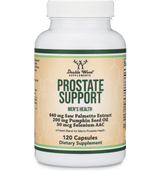




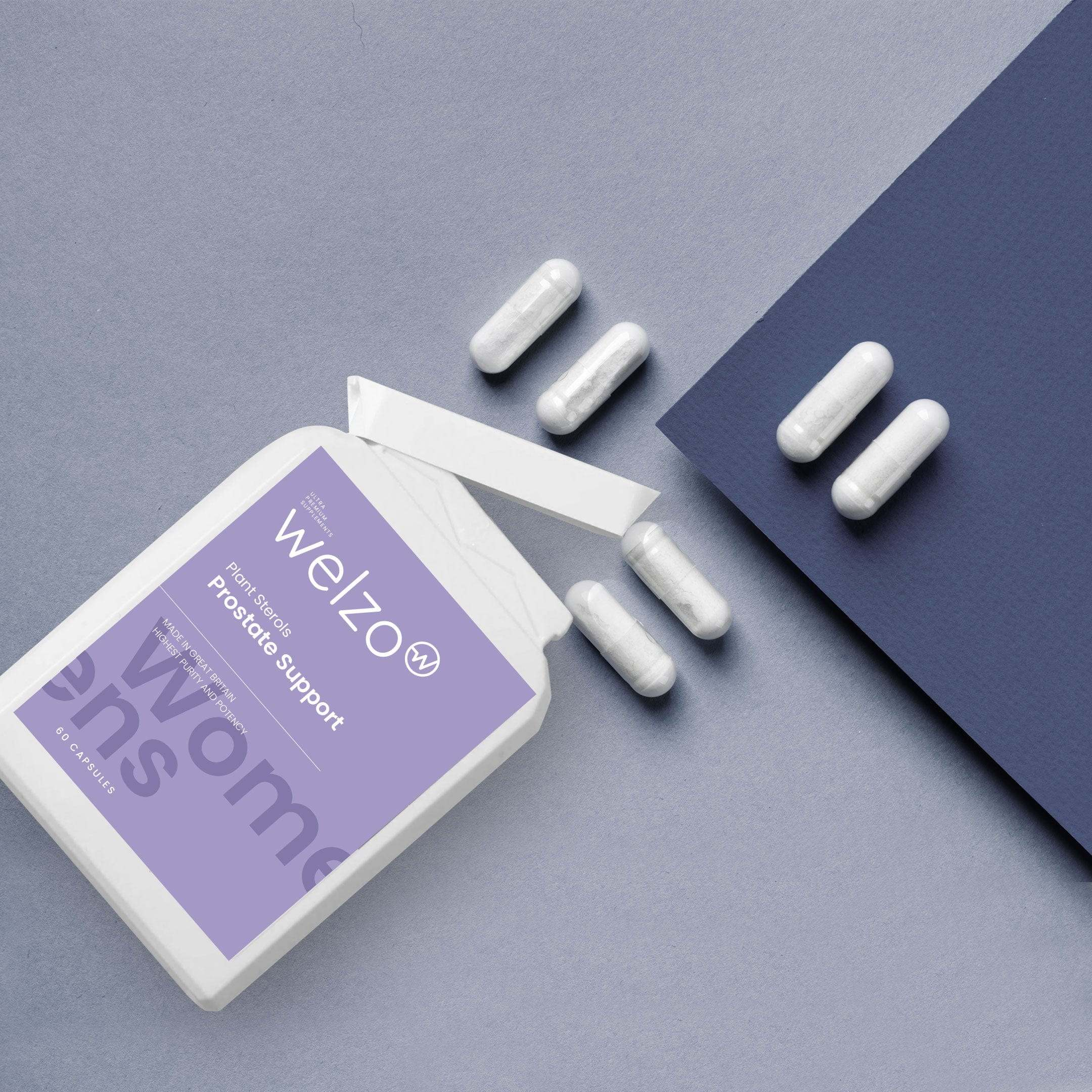
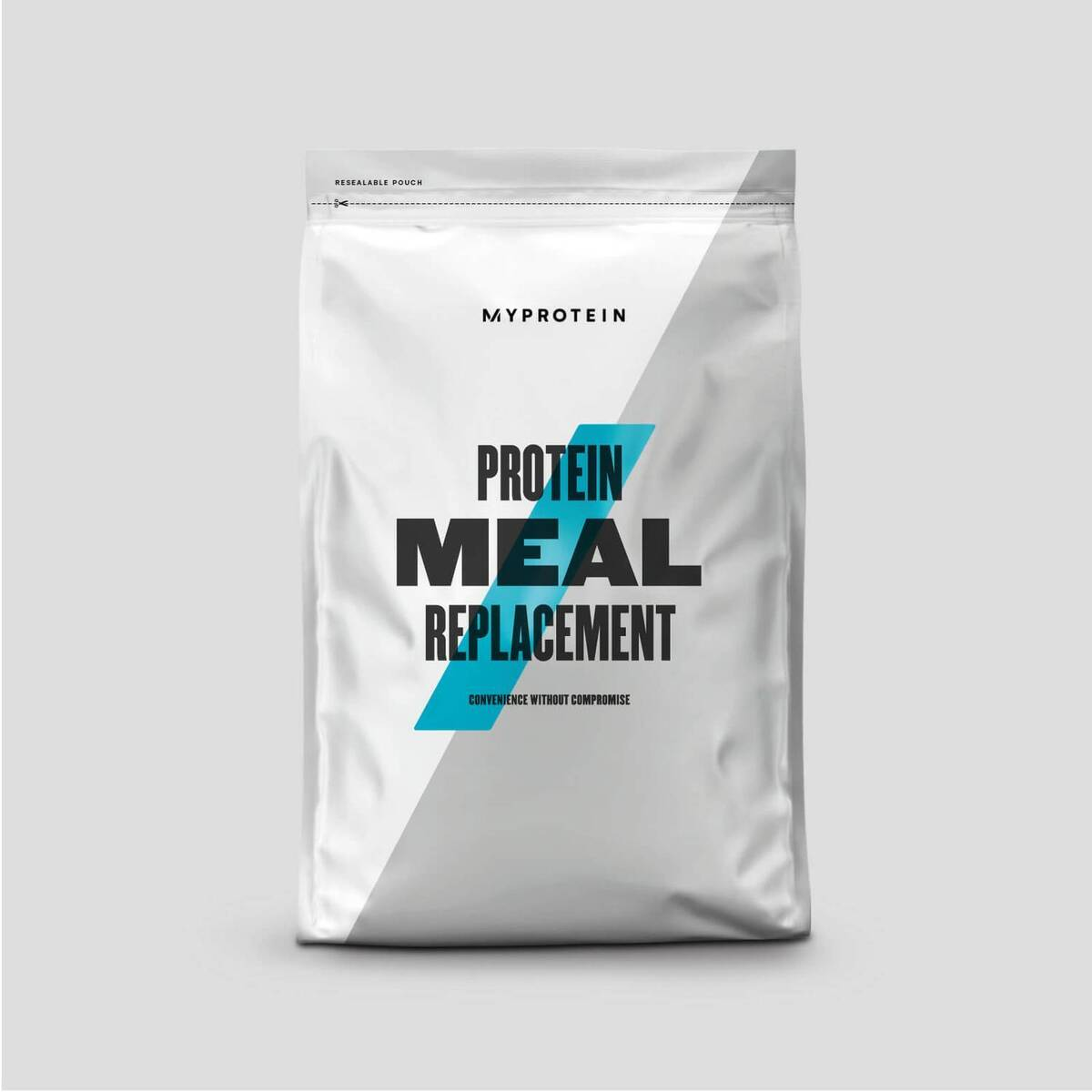

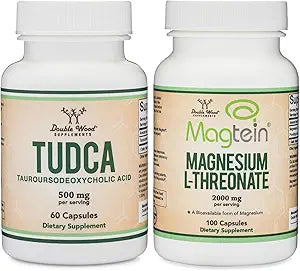
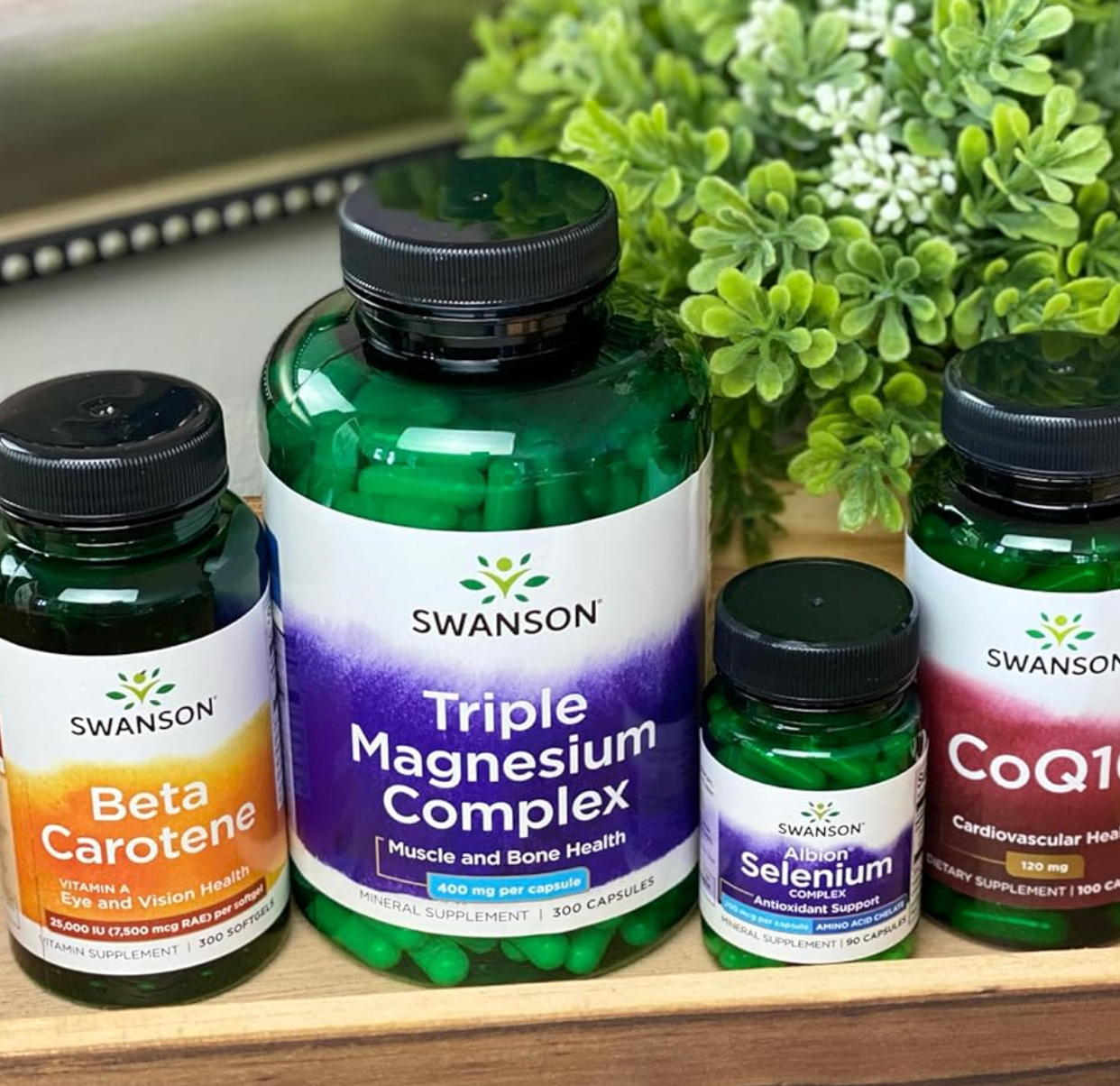
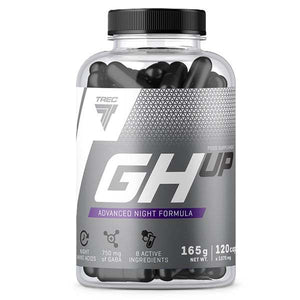

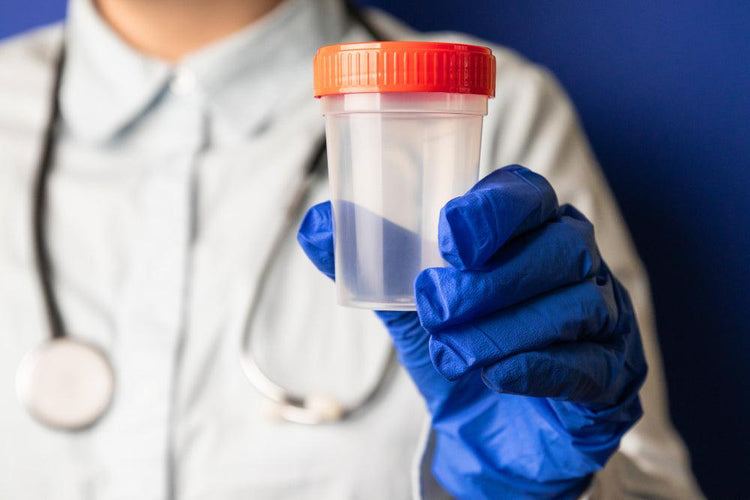
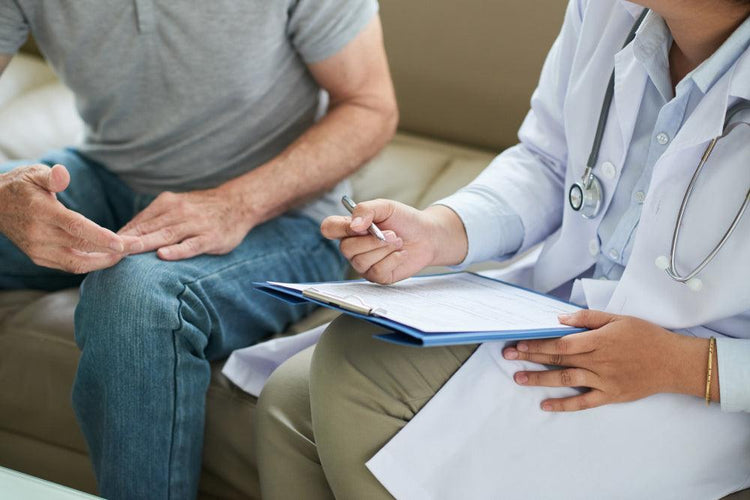




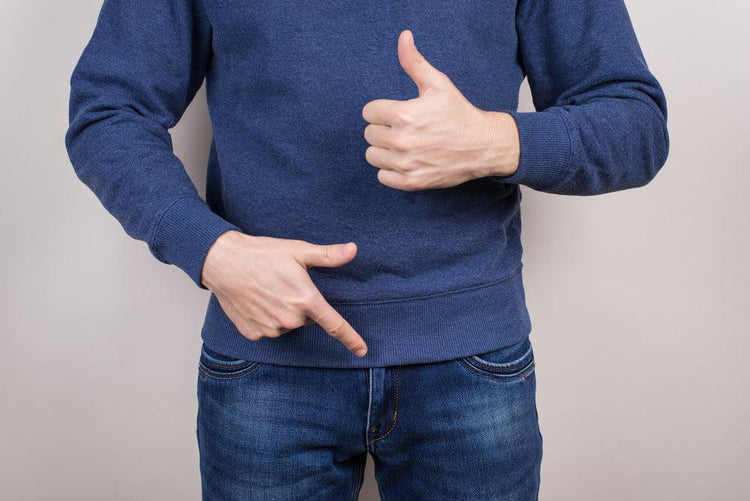


 Rated Excellent by 26,523+ Reviews
Rated Excellent by 26,523+ Reviews